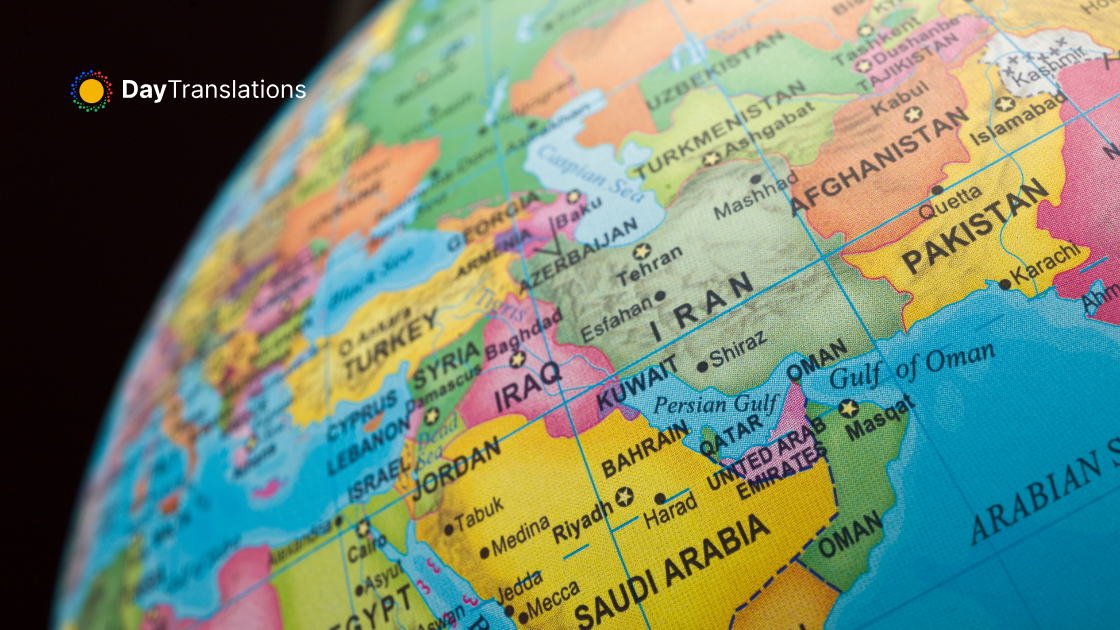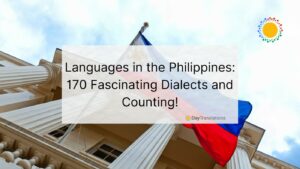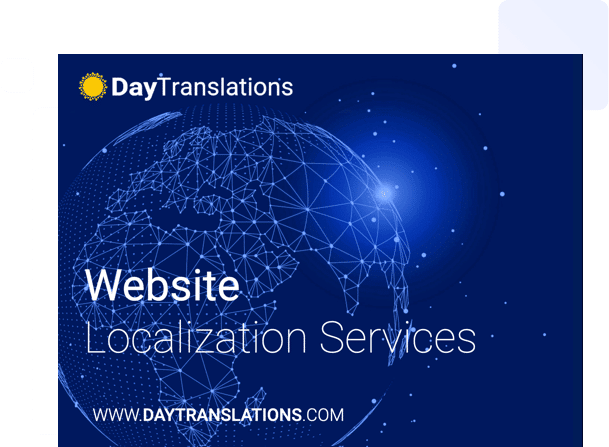Welcome back, language explorers! This week in The Language Classroom, we’re turning up the volume—but not just in one language. We’re diving into the fascinating world of multilingual countries—where official communication happens in two, three, or even eleven different tongues!
Let’s explore what it means to live in a place where language isn’t just a tool—it’s a tapestry.
More Than One Official Language? Yep!
Most of us are used to thinking of a country having just one official language. But many nations recognize multiple languages officially, reflecting a rich blend of cultures, histories, and regional identities.
Here are a few multilingual countries that stand out:
🇿🇦 South Africa: Eleven official languages
English, Afrikaans, Zulu, Xhosa, Tswana, Sesotho, and more all have official status. This multilingual approach reflects the country’s deep cultural diversity and helps people access services in their own language.
🇨🇭 Switzerland: Four official languages
German, French, Italian, and Romansh are used in different parts of the country. Everything from government websites to cereal boxes often includes all four—impressive, right?
🇨🇦 Canada: Two official languages
English and French are the official languages nationwide. In provinces like Quebec, French dominates, while others lean more toward English. Bilingualism is part of Canada’s identity—and even its road signs.
🇮🇳 India: 22 recognized languages
While Hindi and English are used by the central government, each state can also recognize its own official languages, like Bengali, Tamil, or Gujarati. It’s a living example of how language and identity are deeply tied.
Why Do Some Countries Go Multilingual?
There are a few big reasons a country might choose to have more than one official language:
- History: Former colonies (like South Africa and Canada) often blend languages from colonizers with those of Indigenous peoples.
- Cultural diversity: Countries with many ethnic groups use multiple languages to respect regional traditions.
- Unity through inclusion: Recognizing everyone’s language helps bring people together.
- Functionality: Governments that operate in multiple languages can better serve citizens in every corner of the country.
Living in Multilingual Countries: Pros and Cons
Benefits:
- People grow up bilingual—or even trilingual!
- Public signs, services, and education reflect cultural variety.
- It fosters understanding and empathy across different communities.
Challenges:
- Translating laws and documents into multiple languages takes time and resources.
- School systems have to accommodate many language needs.
- Miscommunications can happen when people don’t share a common tongue.
Still, most multilingual countries find ways to make it work, often beautifully.
Why This Matters for Language Lovers
If you’re studying languages, multilingual countries are a dream! You get to hear several languages spoken side by side, learn from everyday situations, and see how language policies affect real life. It’s also a powerful reminder that no single language has all the answers—sometimes, it takes many voices to tell one story.
Wrap-Up: Celebrating Language Diversity
Countries with more than one official language aren’t just practical—they’re inspiring. They show us that language is a powerful part of identity, and that recognizing different languages brings people together, not apart.












Sorry, the comment form is closed at this time.